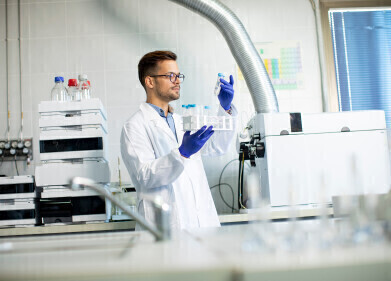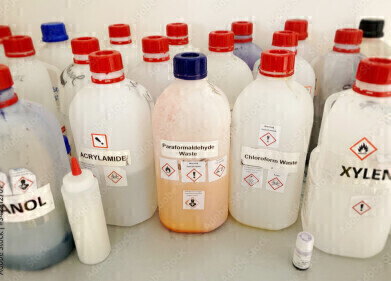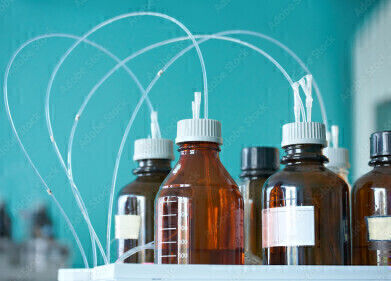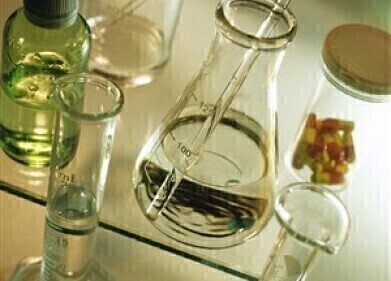Supercritical fluid (SFC), Green Chromatography
How to Create a New Perfume
Aug 19 2015
How would you set about designing a new perfume brand? There are many items that have to be addressed — packaging design, branding and marketing are all essential components in making a product successful.
But smell is also important to a perfume’s success.
It’s in the notes
Good perfumes are carefully designed to be fragrant for a long time — designers exploit the different volatilities of the odour compounds when they are applied to the skin. The skin is warmer than its surroundings, therefore compounds will evaporate from the skin at different rates depending on their volatility. Perfume designers call these the different notes of the perfume.
- Top notes These are the smells that people notice when the perfume is first applied, these compounds start to evaporate off the skin in 15 minutes. The odours are designed to get your interest — but they don’t stay around for too long.
- Heart notes After the top notes, the odours change as the compounds that make the heart notes start to evaporate. These are the smells that define a perfume — such as floral or citrus notes. The compounds evaporate slower than the top notes.
- Base notes These are the smells that linger long after the others have gone, they tend to appear after five or six hours. Usually the musky or woody odours make up the base.
The designer will decide what type of perfume is required — which notes they want — it is then up to the chemist to find the notes, and chromatography is an important part of the process.
Fragrant chemistry
Fragrance companies have thousands of different smells ready to be picked off the shelf and used to make the next new scent. There are two main methods they can use to obtain the compounds they use — extraction or synthesis — but first, the compounds have to be identified. One method used to identify fragrance compounds is headspace analysis — a chromatography technique used to identify volatile components in a sample.
If you wanted to find which components you need to make a lime odour, you place a cut lime in an airtight container and apply a vacuum. This releases the volatile lime components into the space above the sample. These components are then analysed by GC-MS linked to an olfactory sensor.
The olfactory sensor is an instrument which allows a fragrance chemist to smell each component as it leaves the GC column. By identifying when the required component leaves the GC by smell, the compound’s structure can be determined by MS.
A chemist then knows which compounds are required to make a lime odour and these can be extracted or synthesized in the laboratory. A recent addition to the perfumer’s arsenal that can help extractions is discussed in the article, SFE-SFC-MS – Unified Chromatography The Latest Addition to the Chromatography Toolbox.
How about hamburger flavoured perfume — ‘Flame Grilled’ — launched in Japan. Fries and a shake with that?
Image By Angela Andriot [CC BY-SA 3.0 (http://creativecommons.org/licenses/by-sa/3.0)], via Wikimedia Commons
Digital Edition
Chromatography Today - Buyers' Guide 2022
October 2023
In This Edition Modern & Practical Applications - Accelerating ADC Development with Mass Spectrometry - Implementing High-Resolution Ion Mobility into Peptide Mapping Workflows Chromatogr...
View all digital editions
Events
Apr 28 2024 Montreal, Quebec, Canada
May 05 2024 Seville, Spain
May 15 2024 Birmingham, UK
May 19 2024 Brno, Czech Republic
May 21 2024 Lagos, Nigeria














